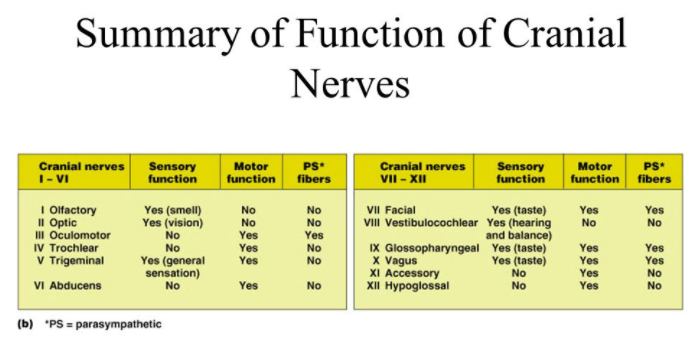Imagine being sidelined by a sports injury, dreading the thought of invasive surgery and a long recovery period. Now, envision a world where such fears are a thing of the past, where the future of sports medicine is all about new treatments and techniques. A world where terms like minimal invasive procedures katy are not just buzzwords, but are representative of a significant shift in the way we address sports injuries. That’s the exciting future we’re stepping into. This blog will be your guide to that future, shedding light on the transformative advancements that are setting a new course in sports medicine.
Technological Innovations
Modern technology is transforming sports medicine. We’re not just talking about high-tech MRIs or CT scans. Innovations like biologics and nanotechnology are leading the way. They’re making it possible to treat injuries without making a large incision, minimizing both pain and recovery time.
Biologics
Biologics are treatments derived from living organisms. This includes blood, cells, and even tissues. They can be used to promote healing, reduce inflammation, and even stimulate the body’s own healing process. Think of them as a natural, less invasive alternative to traditional surgery.
Nanotechnology
Nanotechnology is the manipulation of matter on an atomic or molecular scale. In sports medicine, we’re using it to create better implants and delivery systems for medication. It’s cutting-edge stuff, and it could revolutionize the way we treat sports injuries.
The Role of Physical Therapy
Physical therapy is also evolving. It’s not just about strengthening muscles and improving flexibility anymore. Therapists are now using advanced equipment and techniques to speed up the recovery process. Things like cryotherapy, ultrasound, and even virtual reality are becoming commonplace. It’s a brave new world for sports medicine, and we’re excited to be a part of it.
Conclusion
The future of sports medicine is exciting. New treatments and techniques are minimizing the need for invasive surgeries and long recovery periods. They’re empowering athletes and weekend warriors alike to get back in the game faster than ever. As we continue to explore and adopt these advancements, the possibilities are limitless.








